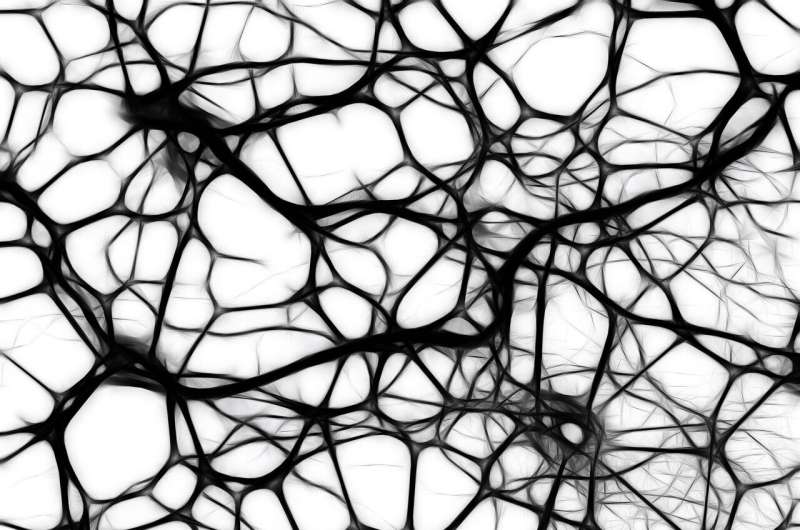Mice Demonstrate Innate Altruistic Rescue Behavior Linked to Oxytocin Neural Pathways

Recent research has uncovered that mice can spontaneously display rescue-oriented behaviors toward anesthetized peers, without any prior training or external reinforcement. Published in PNAS, this study provides strong evidence that prosocial actions are deeply embedded in biological processes, even in small mammals like mice.
Led by Dr. Hu Li from the Chinese Academy of Sciences and Dr. Chen Zhoufeng from Washington University School of Medicine, the research investigates the neural and molecular mechanisms behind such altruistic behaviors. Their findings suggest that the roots of prosociality are conserved throughout evolution.
In the experiments, an observer mouse was placed with an anesthetized partner and exhibited signs of stress, indicated by increased corticosterone levels. In response, the observer engaged in behaviors like allogrooming and allolicking, which not only sped up the recovery of the anesthetized mouse but also reduced the observer's own stress, highlighting a mutually beneficial interaction.
Advanced techniques such as transgenic mice, chemogenetics, optogenetics, and fiber photometry were employed to explore the underlying neural circuits. The researchers discovered that oxytocin neurons in the hypothalamus's paraventricular nucleus are activated when mice perceive distress signals from their peers. These neurons release oxytocin, which acts on specific pathways via oxytocin receptors to coordinate both emotional decoding and motor responses essential for rescue behaviors.
Specifically, pathways through the central amygdala help interpret negative emotional cues, while the dorsal bed nucleus of the stria terminalis orchestrates physical rescue actions such as licking and grooming. Oxytocin, often dubbed the "prosocial hormone," facilitates empathy, trust, and cooperative behavior by coordinating emotional and motor responses through this dual-pathway mechanism.
This breakthrough enhances understanding of the neural basis of altruism, shedding light on the evolutionary origins of empathy and social connection. By identifying the neural circuits and chemical players involved, the study challenges previous assumptions and opens new avenues for exploring complex social behaviors in mammals.
For more detailed information, see the full study: Feng-Rui Zhang et al, "Distinct oxytocin signaling pathways synergistically mediate rescue-like behavior in mice," PNAS (2025). [DOI: 10.1073/pnas.2423374122].
Stay Updated with Mia's Feed
Get the latest health & wellness insights delivered straight to your inbox.
Related Articles
Innovative Cooling and Antioxidant Strategies to Minimize Hair Loss During Chemotherapy
New research demonstrates that combining precise scalp cooling with antioxidants can significantly reduce hair loss during chemotherapy, improving patient quality of life.
Stuttering Is More Than Just a Speech Disorder: A New Neurological Perspective
New research from the University of Mississippi reveals that stuttering is a complex neurological condition involving systemic factors like gut health and genetic mutations, opening pathways for targeted treatments beyond traditional speech therapy.
Growing Measles Outbreaks in Kansas: 80 Confirmed Cases and Growing Concerns
Kansas faces a rising measles outbreak with 80 confirmed cases, mainly affecting children. Experts recommend prompt vaccination to curb spread and protect communities.
Research Indicates Pregnant Women Who Vape Are Exposed to Fewer Toxic Chemicals Than Smokers
A new study shows pregnant women who vape are exposed to fewer toxic chemicals compared to smokers, offering insights into safer quitting options during pregnancy.



